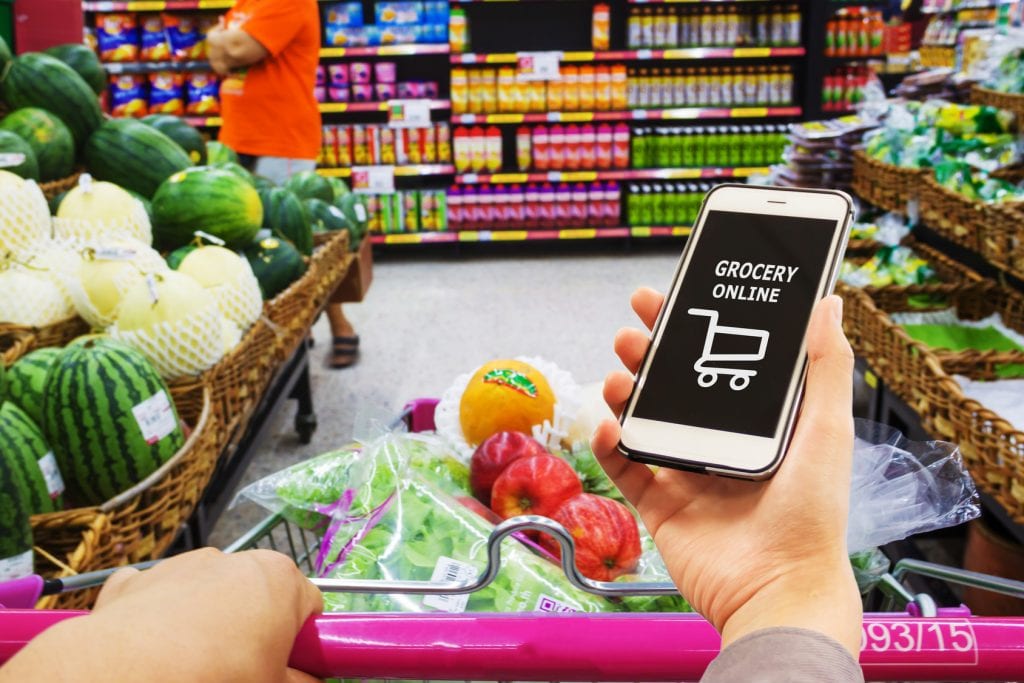Amazon Go finally opens its doors to the public today as the long awaited mobile self-checkout concept has come to fruition. As the following story reports, the opening day comes after a year of testing for what is described to be a complex system of cameras and sensors.
By now many have heard of Amazon’s most audacious attempt to shake up the retail world, the cashless, cashierless Go store. Walk in, grab what you want, and walk out. I got a chance to do just that recently, as well as pick the brain of one of its chief architects.
My intention going in was to try to shoplift something and catch these complacent Amazon types napping. But it became clear when I went in that this wasn’t going to be an option. I was never more than a foot or two from an Amazon PR rep, and as Dilip Kumar, the projects VP of Technology, convinced me, they’d already provided against such crude attacks on their system.
As you might have seen in the promo video, you enter the store (heretofore accessible to Amazon employees only) through a gate that opens when you scan a QR code generated by the Amazon Go app on your phone. At this moment (well, actually the moment you entered or perhaps even before) your account is associated with your physical presence and cameras begin tracking your every move.
Amazon’s approach wasn’t as complex as I expected, or rather not in the way I expected. Mainly the system is made up of dozens and dozens of camera units mounted to the ceiling, covering and recovering every square inch of the store from multiple angles. I’d guess there are maybe a hundred or so in the store I visited, which was about the size of an ordinary bodega or gas station mart.
These are ordinary RGB cameras, custom made with boards in the enclosure to do some basic grunt computer vision work, presumably things like motion detection, basic object identification, and so on. They’re augmented by separate depth-sensing cameras (using a time-of-flight technique, or so I understood from Kumar) that blend into the background like the rest, all matte black.
The images captured from these cameras are sent to a central processing unit (for lack of a better term, not knowing exactly what it is), which does the real work of quickly and accurately identifying different people in the store and objects being picked up or held. Picking something up adds it to your “virtual shopping cart,” and you can pop it in a tote or shopping bag as fast as you like. No need to hold it up for the system to see.
Mobile self-checkout apps are beginning to appear in several retail stores, including Walmart and Sam’s Club. Meanwhile several fintechs are working on models for other merchants as well. Most solutions utilize bar code scanning and payment via smartphone app. Amazon Go takes a great leap forward and eliminates the scanning of every item—that’s why the system has taken so long to perfect. Shoppers just scan their smartphone once to enter the store and then the cameras and sensors do the rest. This will be one of the most closely watched retail experiments with a major impact on grocery and C-stores. Could Amazon be looking at limited testing at Whole Foods next?
Overview by Raymond Pucci, Associate Director, Research Services at Mercator Advisory Group
Read the quoted story here
